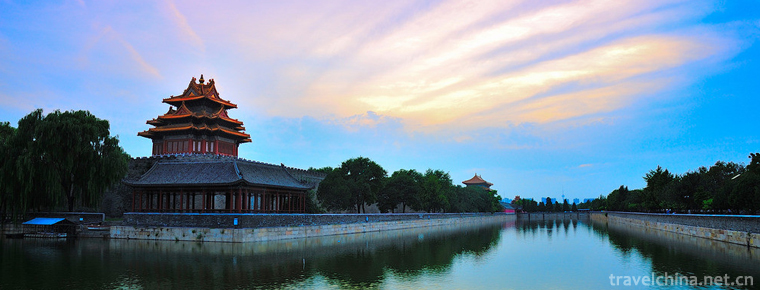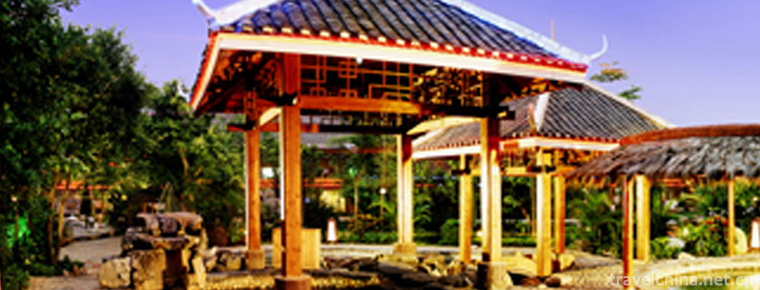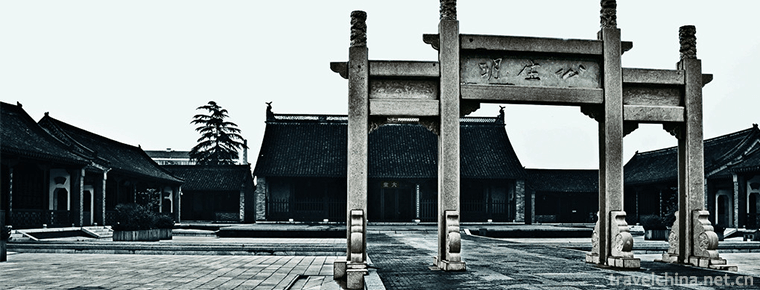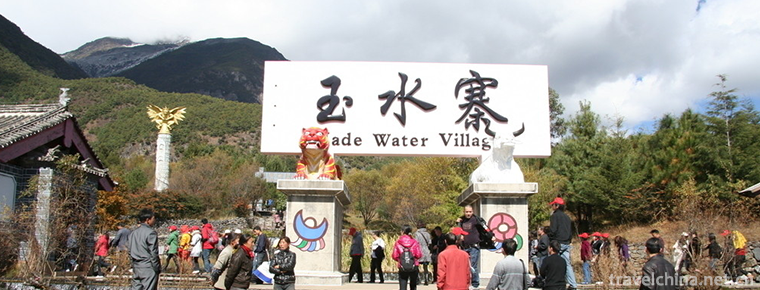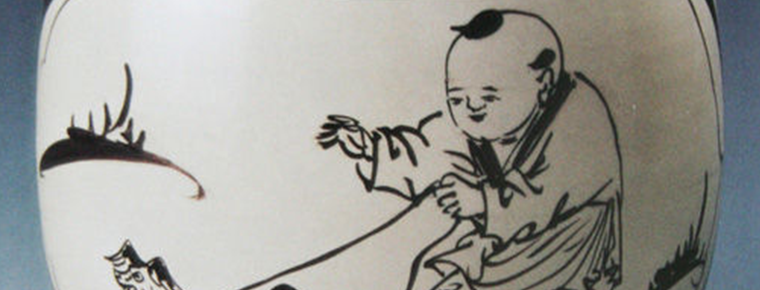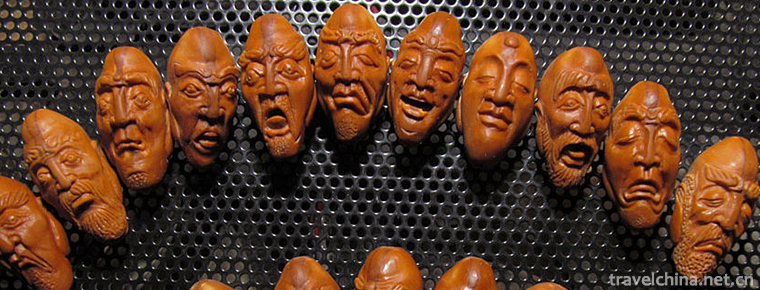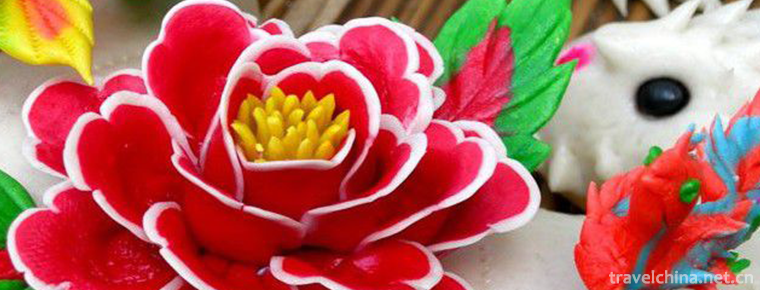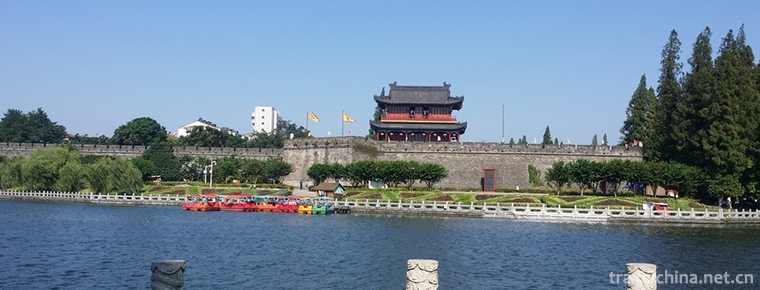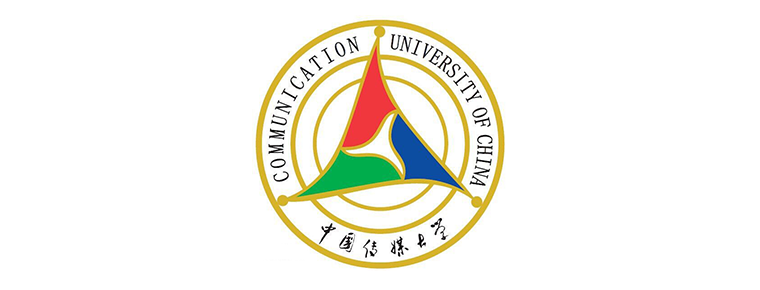Climate of Nanchong
Climate of Nanchong
Nanchong belongs to the subtropical humid monsoon climate. Compared with the Yangtze River Valley in the south of the basin, the temperature is relatively low, the rainy season is longer and the rainstorm is more. Compared with the Western Sichuan plain, the temperature is relatively high and the proportion of spring rain is large. The annual average temperature of Nanchong is about 17.1 ℃, and the annual average variation range of monthly temperature is about 4 ℃. The annual extreme minimum temperature is between - 2.5 ℃ and 5.7 ℃, and the extreme maximum temperature is between 39.0 ℃ and 41.3 ℃. In the coldest January, the monthly average temperature of all counties (cities and districts) is above 6 ℃ except Yilong, which is 4.9 ℃; in July and August, the average monthly temperature of most counties (cities and districts) is above 27 ℃. Generally, the temperature in August is slightly higher than that in July.
Among the four seasons in Nanchong, Yilong county has the longest winter, with 110 days; Shunqing district has the shortest, with only 85 days, and other counties (cities and districts) have about 95 days. Spring, summer and autumn are half a month to a month ahead of the middle and lower reaches of the Yangtze River. The frost days in Nanchong are less than 20 days, mostly 10-15 days. The longest frost days in Langzhong and southern China are only 17 days. The foggy days in Nanchong mostly occurred from October to January of the following year, especially in December, which mostly occurred from 4:00 a.m. to 9:00 a.m. The seasonal distribution of precipitation in Nanchong is very uneven. The precipitation intensity is the largest in summer, the smallest in winter, and is greater in autumn than in spring. Summer is the season with the most precipitation. The precipitation in June, July and August accounts for 28% - 34% of the whole year. The precipitation in winter is less, mainly light rain; from April, it is mainly moderate rain and heavy rain. There are many rainstorms in summer, which occur from the middle of June to the first ten days of July. According to the meteorological observation data for many years, Nanchong has a lot of night rain, and the amount of night rain exceeds the daytime rainfall, accounting for 55% of the total annual rainfall. The rate of night rain in spring was the highest, reaching 71%.
In Nanchong, the precipitation is greater than the evaporation, and the air humidity is high. The annual average relative humidity of each county (city and district) is between 75% and 79%. The average annual relative humidity is the highest in autumn, followed by winter, and almost equal in spring and summer. The extreme minimum relative humidity usually occurs in March and April in spring or December and January in winter. The air in Nanchong is relatively dry in winter and spring, which is prone to spring drought. Nanchong has a large amount of cloud and less sunshine. The average annual sunshine duration is 1369.1 hours. The distribution of total solar radiation is more in spring and summer than in autumn and winter.
The wind direction in Nanchong varies with the seasons, and is generally northerly. The wind speed in the city is small, which is a famous mild wind climate area in China. The average annual wind speed is mostly between 1.2 m / s and 1.7 m / s, and there is no wind for more than 50% of the year. However, when strong cold air invades or thunderstorm occurs in summer, strong wind often appears. Cold wave gale mostly occurs in spring. Thunderstorm gales usually occur between July and August.

-
Huaian Government Office
Huai'an government office is located in Huai'an City, Jiangsu Province, which is a national AAAA tourist attraction. It is located in Dongmen Street, Huai'an District, the old city of Huai'an, north o.
Views: 91 Time 2019-01-17 -
Yushuizhai Scenic Area
Yushuizhai Scenic Area is a national AAAA level tourist area (spot), located in the north of Baisha Town, which consists of a series of scenic spots. Yushuizhai Scenic Area is a scenic spot with Naxi .
Views: 161 Time 2019-03-07 -
Sintering Techniques of Cizhou Kiln
Cizhou kiln firing technology, the local traditional firing technology of Fengfeng mining area in Hebei Province, is one of the national intangible cultural heritage..
Views: 108 Time 2019-04-22 -
Stone carving
Stone carving is a traditional Chinese folk micro-sculpture process. The peach stone, apricot stone, olive stone and walnut are carved into handicraft products, which have been listed in the second ba.
Views: 245 Time 2019-05-03 -
Man Han tune
Han Han tune. Chinese translation means desert tone. A form of folk songs. Mainly popular in Mongolia and Han mixed Yikezhao League Zhungeer Banner, Dalat Banner and Baotou City Tumut Right Banner, Ho.
Views: 115 Time 2019-05-21 -
Dough Flowers
Flower, commonly known as "flower bun", belongs to the art of facial sculpture. There are weddings, funerals, birthday gifts, Festival buns. Flowers are made of ordinary flour and special fl.
Views: 97 Time 2019-06-05 -
Legend of the Three Kingdoms
The legend of the Three Kingdoms is a kind of folk literature which was approved by the State Council and listed in the fourth batch of national intangible cultural heritage list in 2014..
Views: 213 Time 2019-06-12 -
Tin carving
Tin sculpture, the traditional Chinese sculpture art, is a unique craft in China and even in the world. It has a history of more than 300 years. The craft has a long history and has a long history. In.
Views: 331 Time 2019-07-01 -
Communication University Of China
Communication University of China ( Communication University of China Referred to as "Zhong Chuan", located in the capital city. Beijing Yes. Ministry of Education of the People's Republic o.
Views: 123 Time 2019-12-03 -
Huangjing Nature Reserve
This entry is lack of overview map, supplement the relevant content to make the entry more complete, but also quickly upgrade, come on!.
Views: 305 Time 2020-10-16
